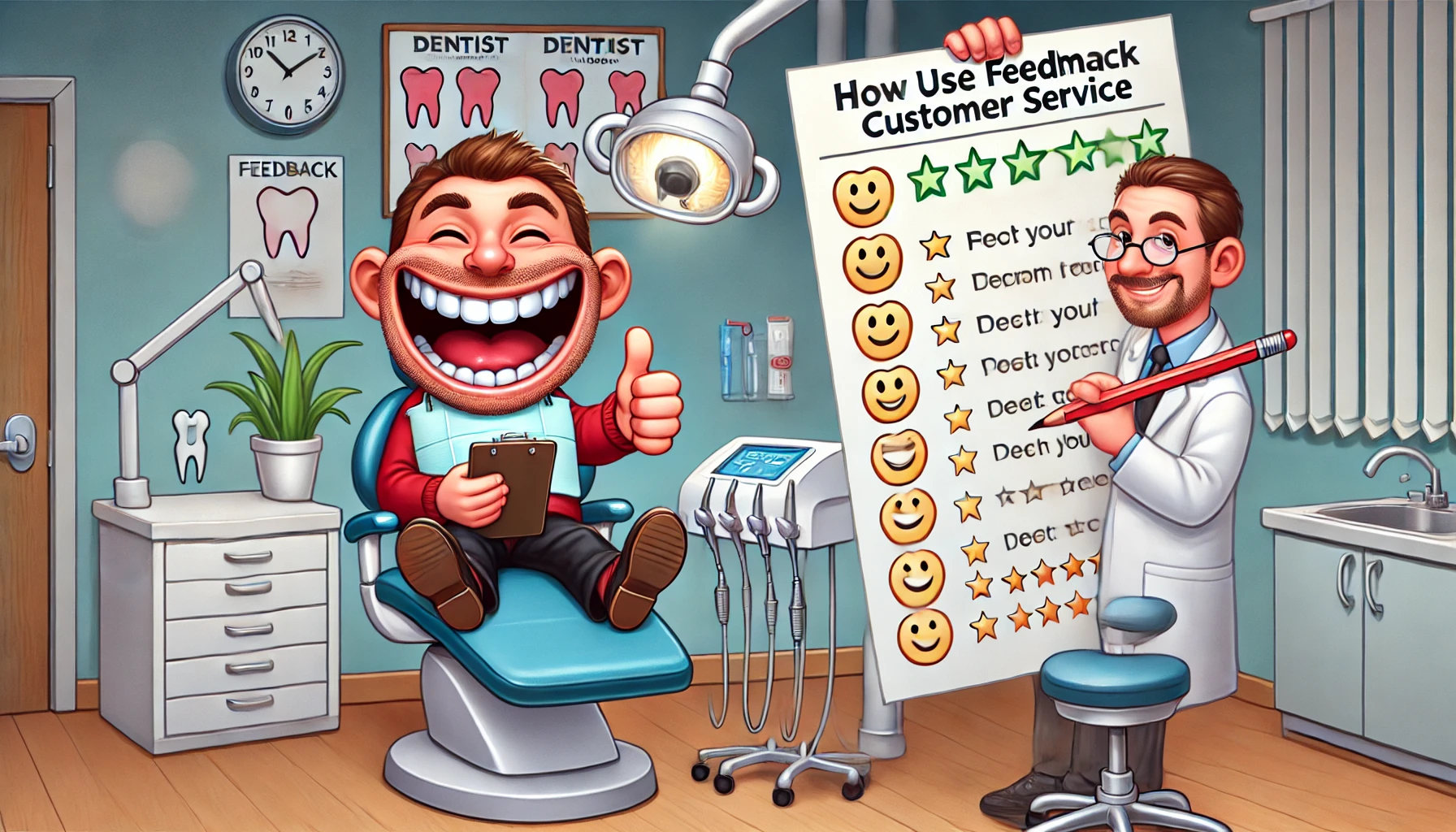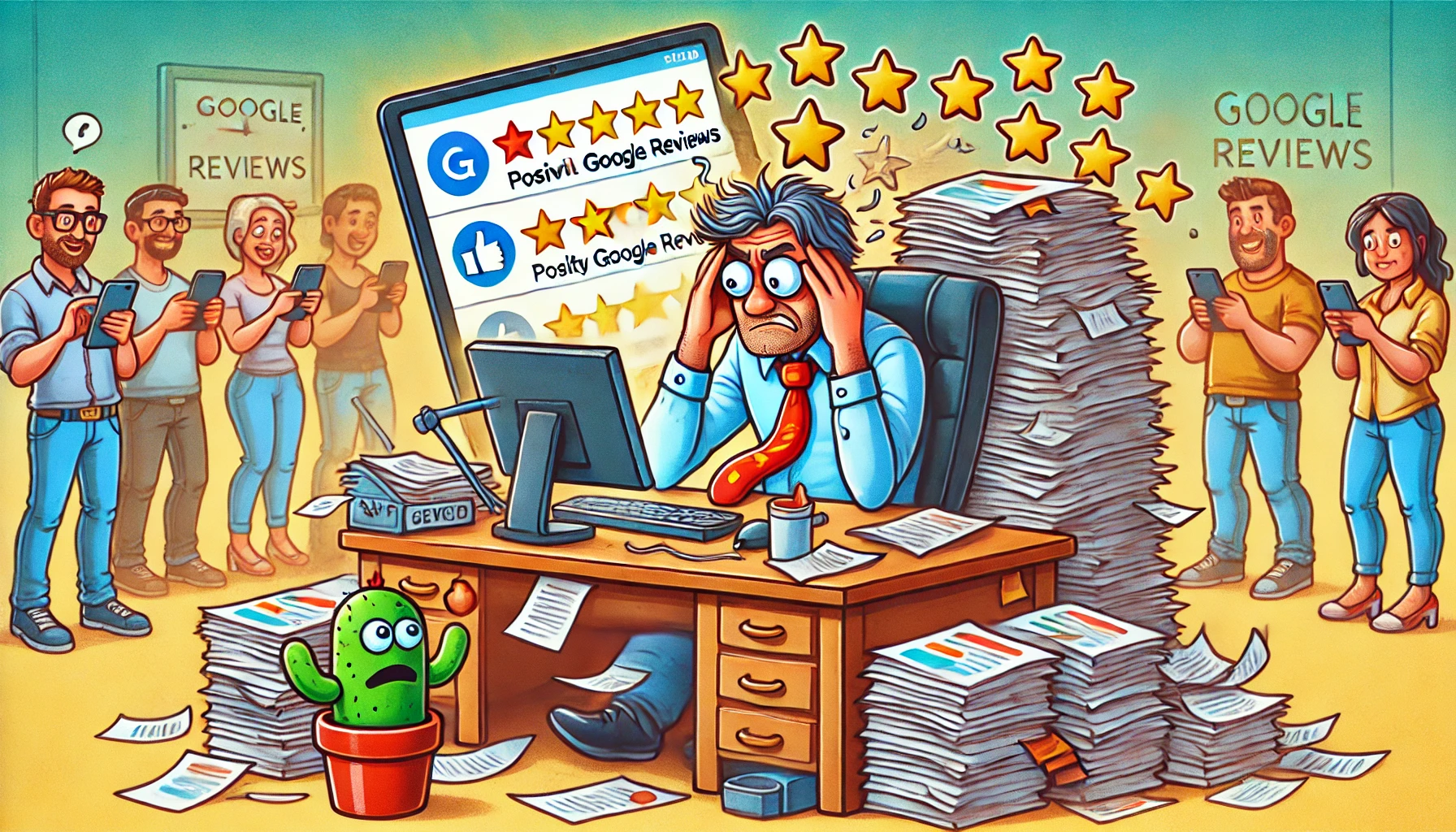Boosting your website’s SEO: Gain visibility, traffic, authority

Optimizing your website for search engines
Search engine optimization (SEO) explained
Search engine optimization (SEO) is the process of enhancing your website to perform better in search engine rankings. The primary goal of SEO is to increase traffic to your site, and it forms a crucial part of any business owner’s marketing efforts.
It’s important to understand that SEO is just one of several methods for driving website traffic.
Understanding Google’s ranking system
Google uses complex algorithms to sift through billions of web pages, aiming to deliver the most relevant and useful results swiftly to satisfy search intent. These algorithms assess numerous factors to determine the quality, relevance, and utility of web pages.
Understanding these factors can significantly improve your website’s visibility on Google.
Enhancing on-site SEO: Quick wins
On-page SEO is a highly effective method for boosting your Google rankings quickly. For example, placing your keyword at the beginning of your title tag—known as “frontloading”—signals to Google the main focus of your page, aiding in relevancy and user clarity.
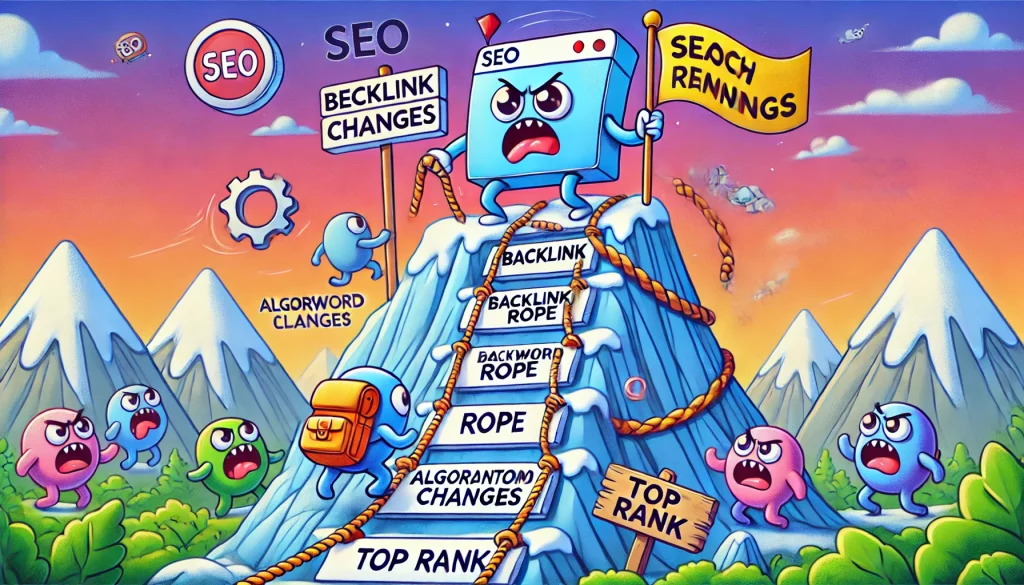
The pros and cons of investing in SEO
While SEO can be incredibly beneficial, it is neither superior nor inferior to other traffic-generating strategies such as paid advertising or social media. Each method comes with its own set of advantages and drawbacks.
Pros of investing in SEO
Traffic increase: Ranking on the first page can lead to substantial traffic inflows, crucial for generating leads. According to BrightEdge, 68% of online experiences begin with a search engine.
Higher conversion rates: Organic traffic often converts at a higher rate than traffic from other sources. A study by Search Engine Journal found that the average conversion rate from organic search is 2.35%, compared to 1.3% for paid search.
Targeting specific audiences: Using landing pages and blogging to target long-tail keywords, like “commercial window cleaning in Los Angeles,” can attract more specific traffic.
Cons of investing in SEO
Cost and time: Off-page SEO can be expensive and time-consuming as it requires substantial effort to build links. According to a survey by Ahrefs, 90.63% of content gets no traffic from Google, illustrating the competition.
Risks of outsourcing: Outsourcing SEO services, especially off-page SEO, carries risks as it often involves public relations strategies. Poor-quality link building can harm your rankings.
Diminished returns: Even if you achieve the top ranking, you may only capture up to 33% of the total clicks due to competition from paid ads, local listings, and established domains (Moz).
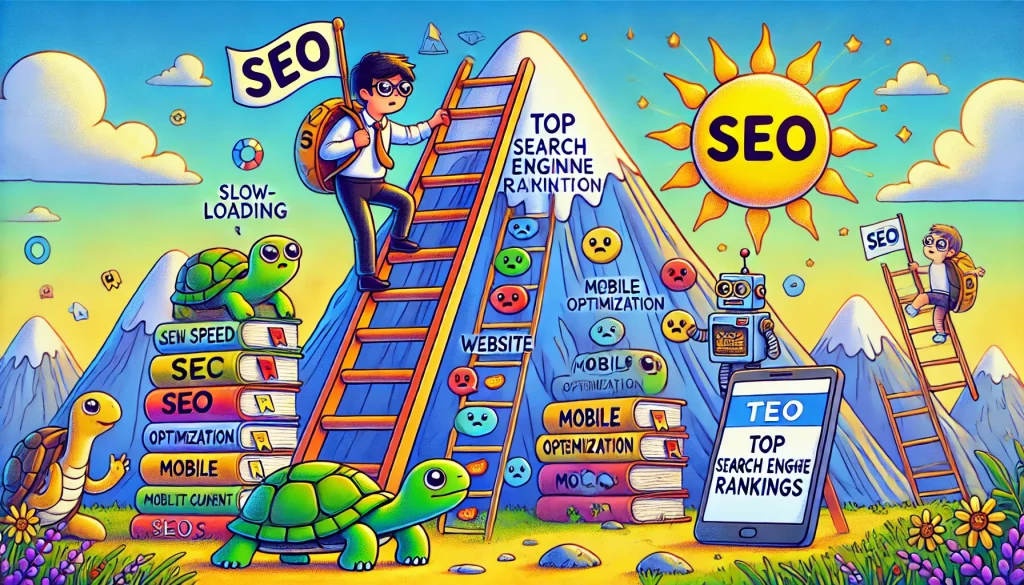
How to manage your own off-page SEO
If budget constraints are a concern, you can undertake your own off-page SEO, which mainly involves link building. Each link from a relevant website acts as a “vote” for your site, helping it rank higher. However, link building must be approached carefully, focusing on building relationships rather than simply acquiring as many links as possible.
Approaches to off-page SEO
Outreach: Building relationships with industry peers is crucial. By providing value and establishing connections, you may eventually request them to link to your site.
Content: Producing high-quality content can naturally attract links. This method is seen as the most effective form of link-building because it relies on creating content that is genuinely useful and engaging.
Creating long-form content
Data shows that the average Google first-page result contains 1,447 words. Long-form content that covers topics comprehensively tends to rank higher on search engines, like a detailed guide on ‘Mobile SEO,’ which can be as long as 4,330 words (Backlinko).
Utilizing LSI keywords
Latent Semantic Indexing (LSI) keywords are related words or phrases that help reinforce your page’s topic. Integrating these naturally within your content confirms the depth and authenticity of your content to Google.
By implementing these strategies, businesses can enhance their Google rankings and build a robust online presence that not only drives traffic but also engages users and converts visits into actionable results.
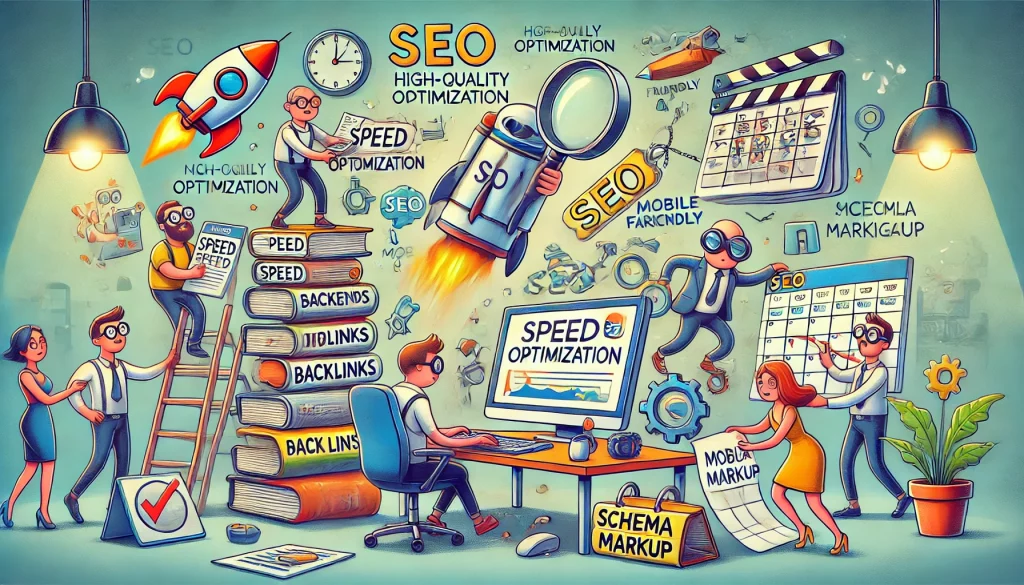
Expert opinions on increasing website’s search engine rankings
Tomás Morales, user experience designer: “SEO isn’t just about keywords and content; it’s also about user experience. Google’s algorithms increasingly prioritize sites that offer a seamless, engaging user experience. This includes mobile responsiveness, easy navigation, and interactive elements that keep users on your page longer.”
Emily Zhao, technical SEO expert: “Don’t overlook the technical aspects of SEO. Structured data markup can significantly aid search engines in understanding the content of your website. This, in turn, can enhance your visibility in search results through rich snippets and increase click-through rates.”
Olivia Jean, conversion rate optimization consultant: “Optimizing for search engines is just half the battle. Ensure that the traffic driven to your site is captured effectively by optimizing your landing pages. A/B testing different elements on your pages can reveal what works best for converting visitors into customers.”

 5 min
5 min 
